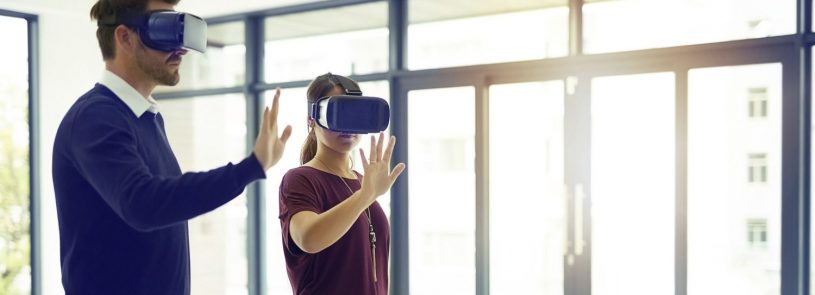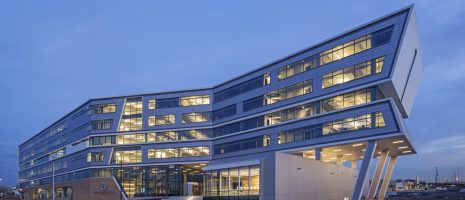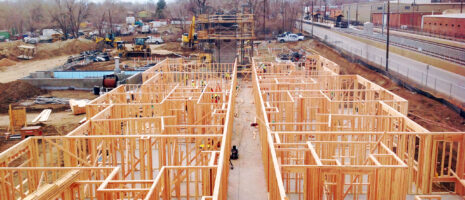Extended reality: It’s all about seeing the details

By Sarah Garthaus
Extended reality is a broad term for the family of realities that both blend, override, and augment our conventional reality – the reality we experience every day. It’s an umbrella for all the amazing technologies that add to, supplement, or even replace a person’s conventional reality, including virtual and mixed reality. Virtual reality can replace our conventional reality with a completely different experience; mixed reality will supplement our conventional reality with additional information via a headset, or projection and holographic technology.
Virtual reality is totally immersive technology, meaning the user will wear a headset that allows them to completely leave conventional reality and enter a totally different environment, and it requires specific hardware (i.e., Oculus Rift, HTC Vive, and Google Cardboard) to facilitate the experience. Each type of hardware has different capabilities, sources of power, freedom of movement for the user, and number of ways they can be used to interact with the walkthrough.
The AEC industry is highly visual in nature, making it the perfect avenue for virtual reality. But more importantly, the AEC industry demands interaction across a wide variety of stakeholders with various backgrounds, experience, and knowledge. These stakeholders may not be trained to read 2D plans and may not engage with flat renderings. Virtual reality can engage the stakeholders in building design by presenting our design in the same way that they experience their conventional reality.
We can also use virtual reality for internal coordination within our own firms, helping us understand how our design interacts with other trades. We have many tools that help us coordinate, but few are as real as experiencing our design in the same way that we experience conventional reality.
Unlike virtual reality, mixed reality is not totally immersive. We can still see everything in our current environment, but by using tools like Microsoft Hololens or Google Glass Enterprise Edition 2, graphics or text are added to our view. In the AEC industry, we can use this technology to visualize each new phase of construction, above and beyond what is already built. We can look through a lens to see the next phase – what will be built and how it will coordinate with existing conditions.
When we put a project into this immersive technology, we focus on the small elements of design that we would notice once a project is complete but that don’t always make it into the 2D plans or renderings. It’s all about seeing the details that matter to the users of the space over the life of the facility. So, no matter which tools you choose to bring an extended reality experience to your stakeholders and clients, they will have a greater understanding of their project, and hopefully will have fun in the process!
Watch a recorded webinar by Sarah Garthaus on virtual reality in design and construction.
Experience an IMEG 3-D walkthrough
Watch project videos:
- A renovation project narrated by Sarah Garthaus
- Two industrial projects
Using the Microsoft Edge browser: Navigate around a mechanical room using the arrow keys on your keyboard.
Download an executable file: Transfer this 3-D walkthrough file to your desktop, then run the file. Refer to this guide for system requirements and navigation instructions.












